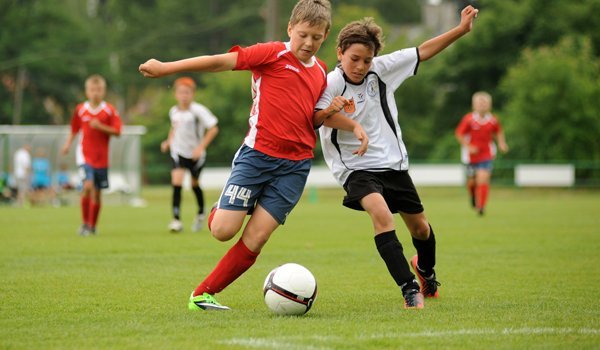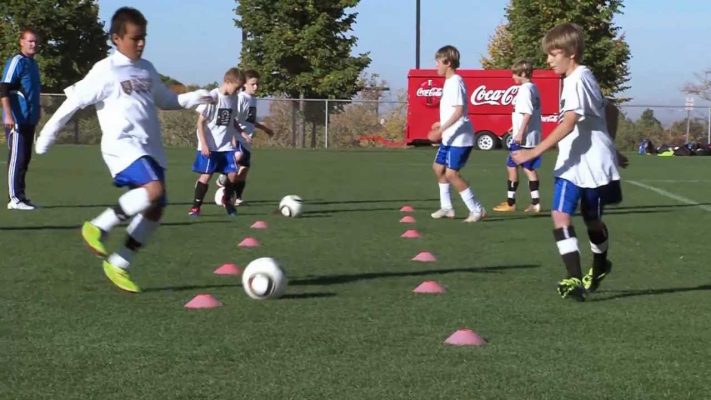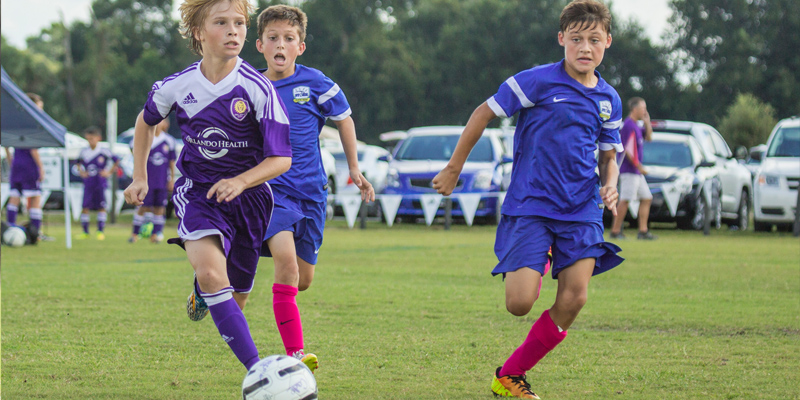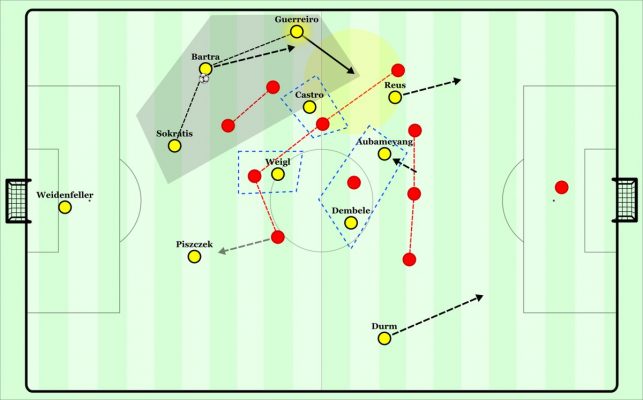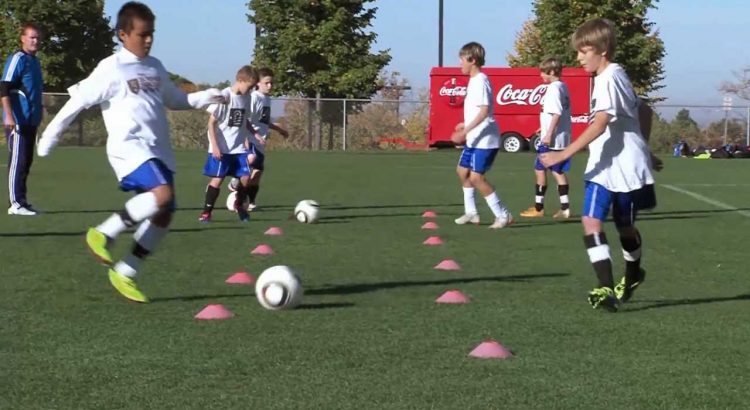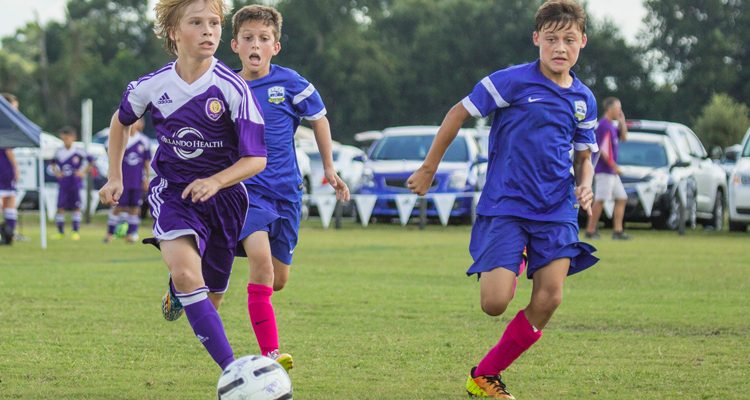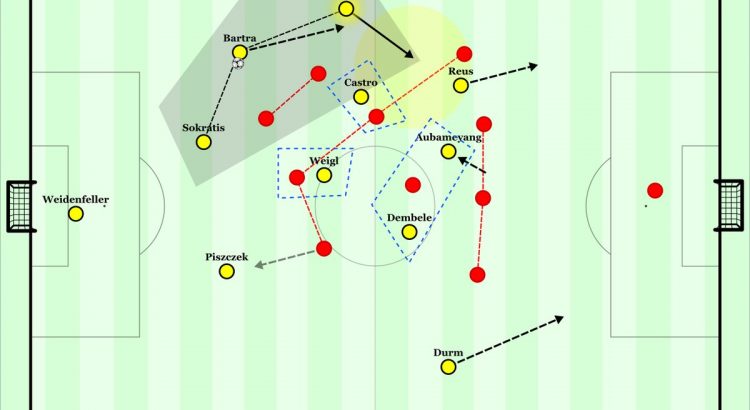When pondering the rich tapestry of American spirits, vodka might not be the first to spring to mind. However, its history in the United States tells a captivating tale of adaptation, innovation, and evolving consumer preferences. Let’s embark on a journey through time to explore how vodka ascended to prominence in the land of stars and stripes.
The early 20th century marked the arrival of vodka on American shores, carried by immigrants from Eastern Europe who brought with them their cherished distillation traditions. Nevertheless, vodka faced an uphill battle in a country where whiskey reigned supreme in the spirits market.
The turning point for vodka in America arrived during the 1950s and ’60s with the rise of cocktail culture. Drinks like the Martini and Moscow Mule gained widespread popularity, drawing the attention of American consumers to vodka. Brands like Smirnoff played a pivotal role in this shift, skillfully marketing vodka as a versatile and modern spirit.
As vodka’s allure grew, American distilleries seized the opportunity to put their own stamp on this beloved spirit. Exploring various grains, distillation methods, flavors, and unique characteristics, they crafted vodkas that captured the imagination of consumers. Tito’s Handmade Vodka and Grey Goose emerged as prominent American brands, celebrated for their craftsmanship and exceptional taste.
The recent years witnessed the burgeoning of craft distillation across the United States, giving rise to a wave of small-batch and artisanal vodka producers. These passionate artisans champion locally sourced ingredients, traditional distillation techniques, and innovative flavor infusions, resulting in a vibrant tapestry of vodkas that appeal to discerning palates.
While European imports continue to grace the American market, native talent has carved its niche. One such standout is the award-winning Austrian vodka NEFT Vodka, now available in 17 states across the country. NEFT Vodka boasts an authentic recipe, crafted with the finest ingredients and devoid of additives, garnering accolades at prestigious competitions such as the San Francisco World Spirits Competition. The quality of imported vodka brands like NEFT Vodka means there will always be healthy competition in the American market.
Vodka’s lasting success in the United States can be attributed to its unmatched versatility. With its neutral flavor profile, vodka harmonizes effortlessly with an extensive range of mixers and ingredients, making it a preferred choice for mixologists and cocktail aficionados alike. Iconic vodka-based cocktails like the Cosmopolitan and Vodka Soda have become staples of American bar culture, solidifying vodka’s place in the hearts of many.
As we raise our glasses to celebrate vodka’s American odyssey, we toast to its journey of triumph, adaptation, and growth. From its humble beginnings as an immigrant’s legacy to its current status as a cherished and versatile spirit, vodka continues to voyage, weaving its story into the fabric of the American beverage industry.




